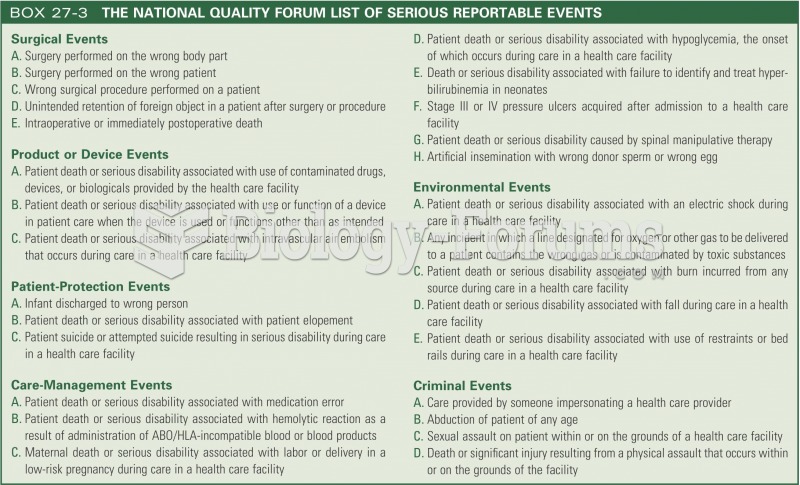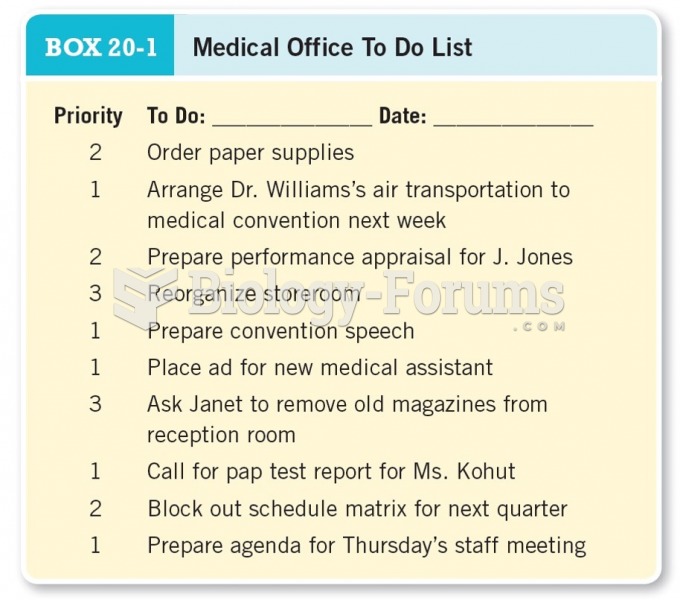Answer to Question 1
Stay small and embrace diversity: For most functions the best teams range from 2 to 25 members, although 4 or 5 is optimal for many projects. Smaller-sized teams make interaction and decision-making more effective. When team members are made up of people who differ in gender, age, social background, training, and experience, more creative and innovative decisions can be made.
Agree on purpose: An effective team begins with a purpose and all members understand that purpose. Working from a general purpose to specific goals typically requires a huge investment of time and effort. Meaningful discussions about the team's purpose can motivate team members to buy into the project.
Agree on procedures: The best teams develop procedures to guide them and continually evaluate those procedures to ensure they are moving toward their goals. They set up intermediate goals with deadlines. They assign roles and tasks, requiring all members to contribute equivalent amounts of real work. They decide how they will reach decisions.
Confront conflict: Successful teams acknowledge conflict and address the root of the problem openly by using conflict resolution techniques. Direct confrontation saves time and enhances team commitment in the long run. Conflict can be constructive when it is task oriented, not person oriented.
Communicate effectively: The best teams exchange information and contribute ideas freely in an informal environment. Team members speak clearly and concisely, avoiding generalities. They encourage feedback. Listeners become actively involved, read body language, and ask clarifying questions before responding. Tactful, constructive disagreement is encouraged.
Collaborate rather than compete: Effective team members are genuinely interested in achieving team goals instead of receiving individual recognition; therefore, they celebrate individual and team accomplishments. They contribute ideas and feedback unselfishly. They monitor team progress, including what's going right, what's going wrong, and what to do about it.
Acceptance of ethical responsibilities: Teams, as a whole, have ethical responsibilities to their members, to their larger organizations, and to society. Members have a number of specific responsibilities to each other They also have a responsibility to represent the organization's view and respect its privileged information.
Shared leadership: Effective teams often have no formal leader. Instead, leadership rotates to those with the appropriate expertise as the team evolves and moves from one phase to another. This approach can achieve buy-in to team decisions, boost morale, and create fewer hurt feelings and less resentment.
Answer to Question 2
D







